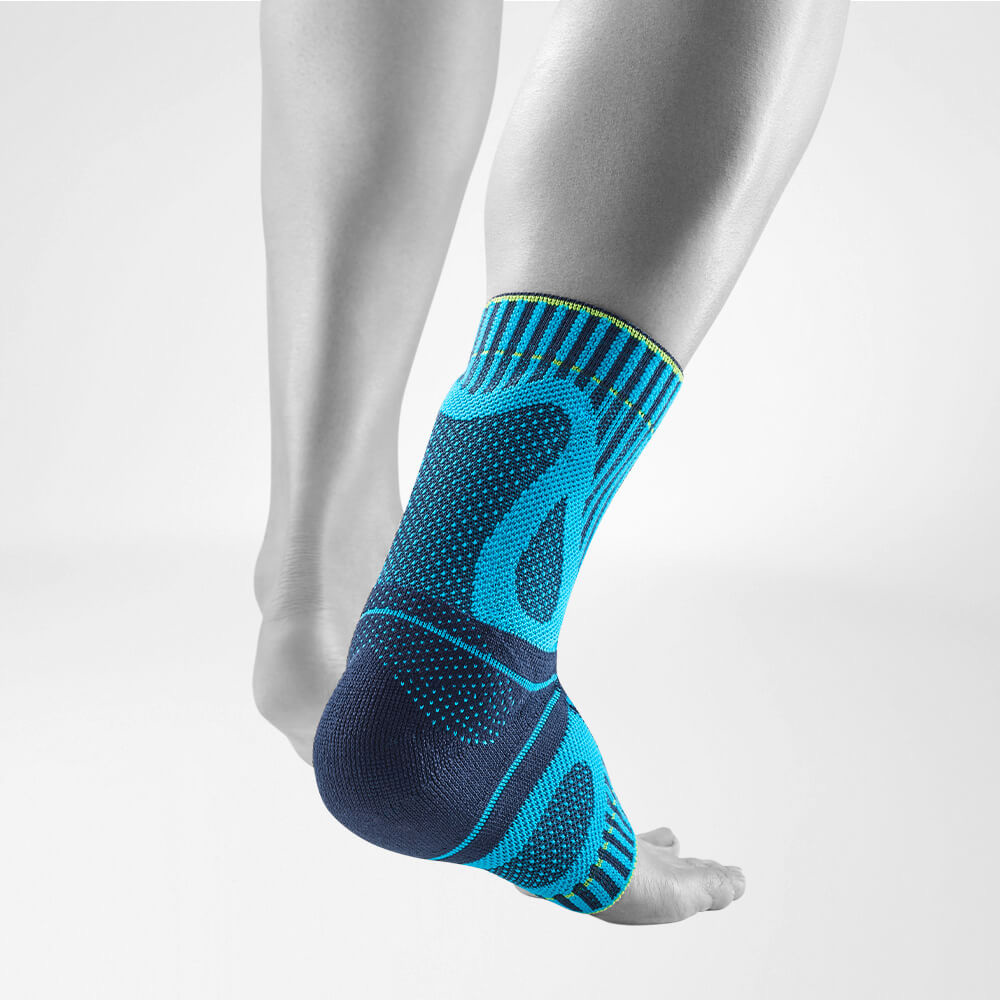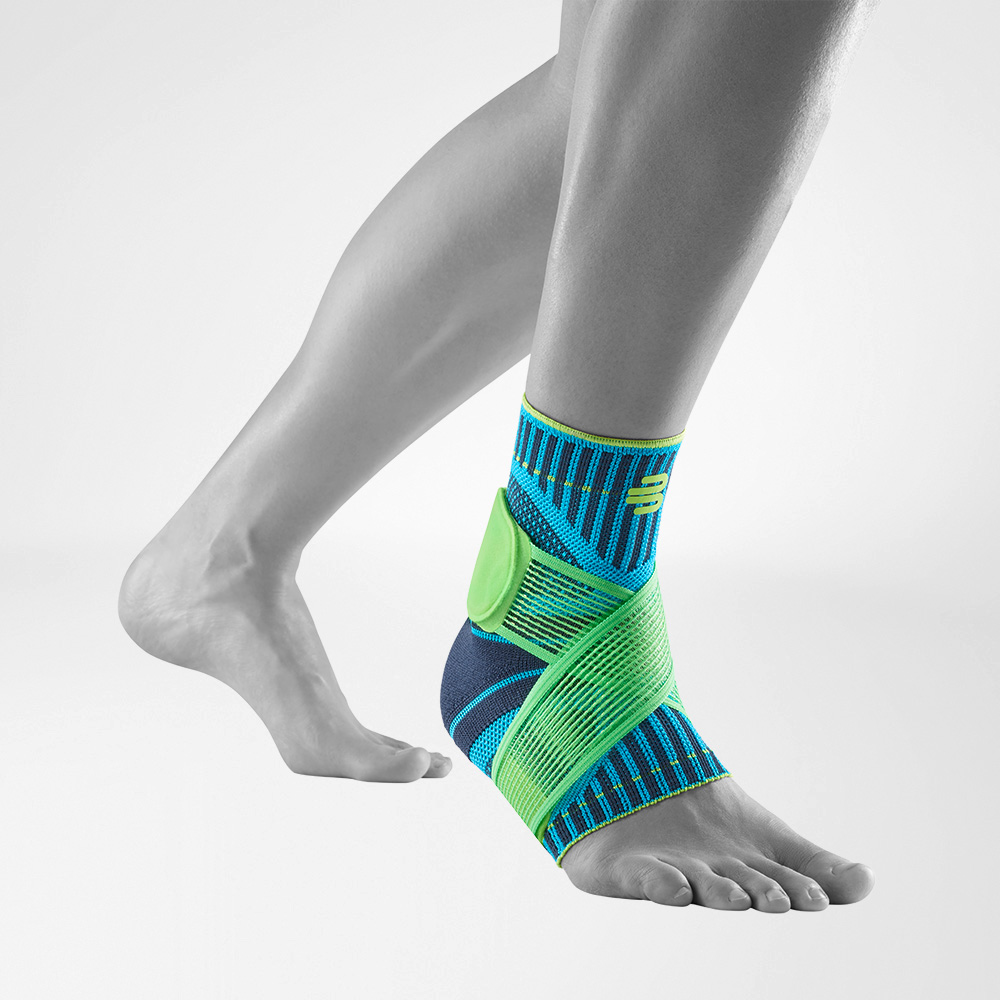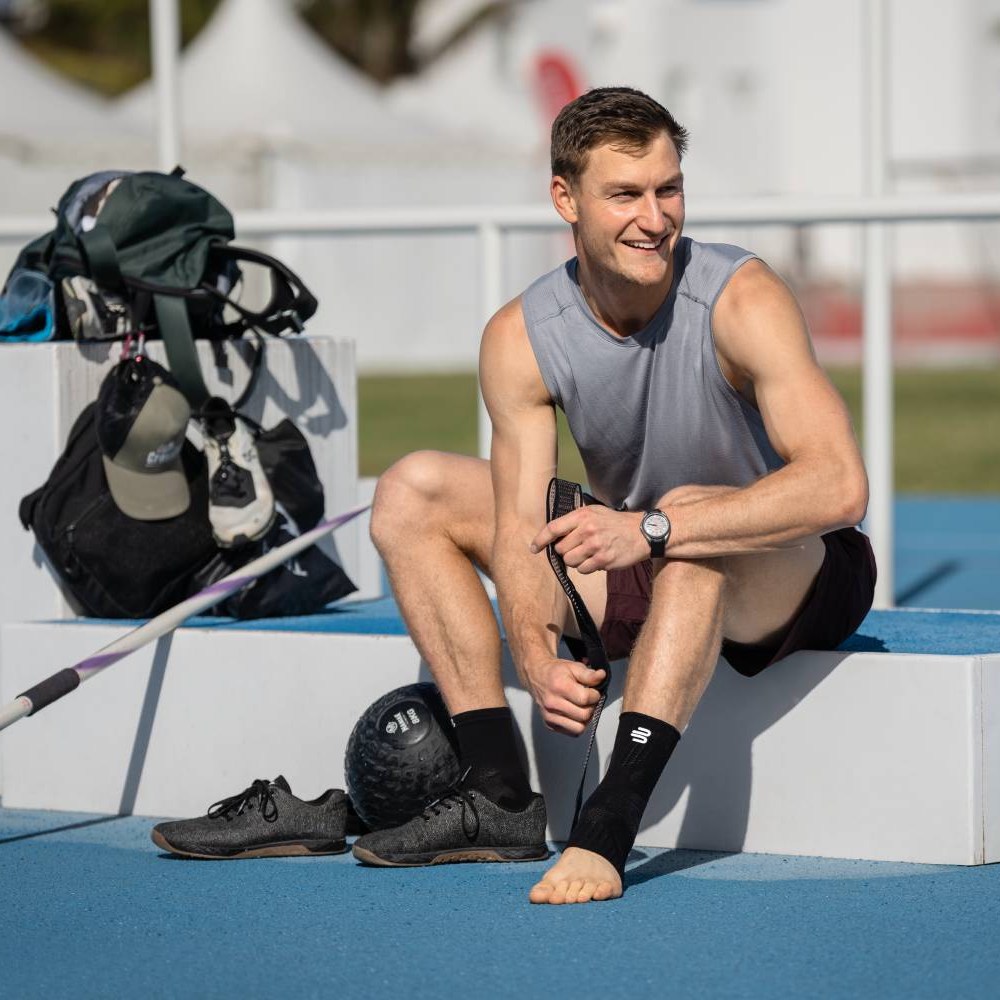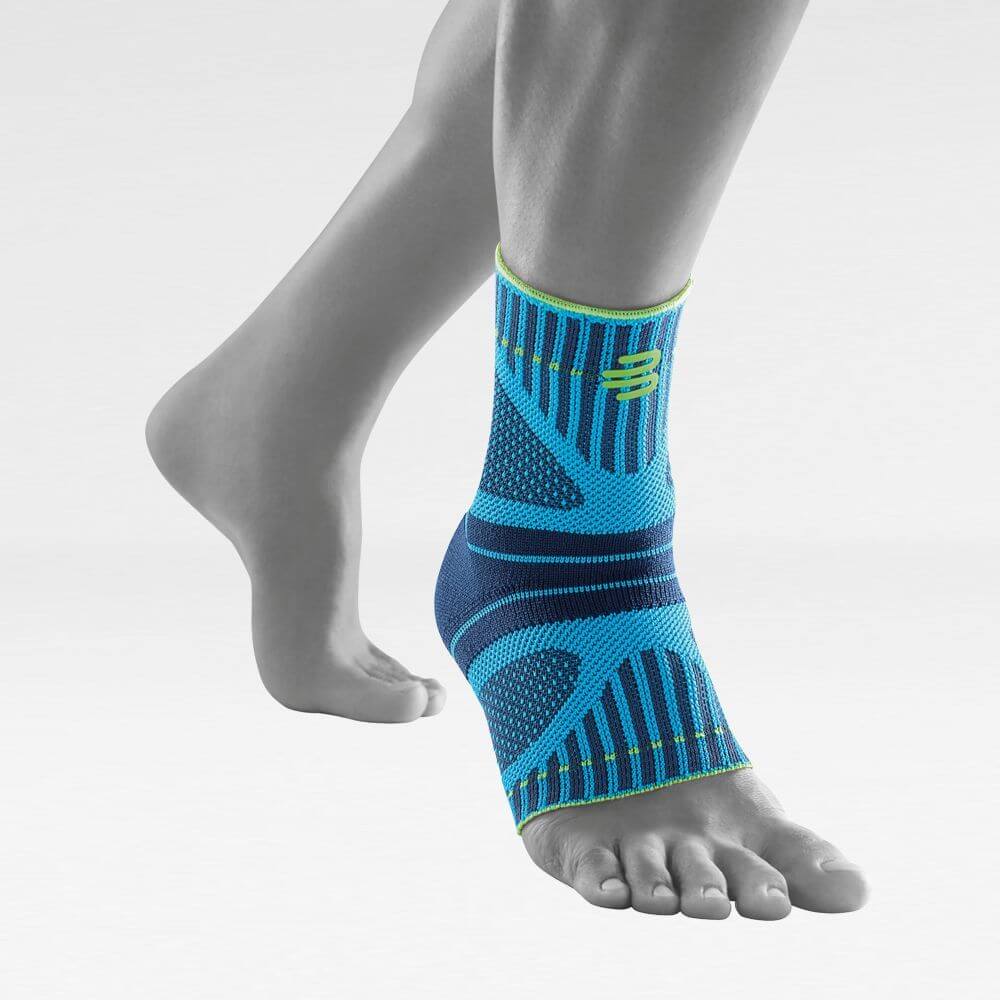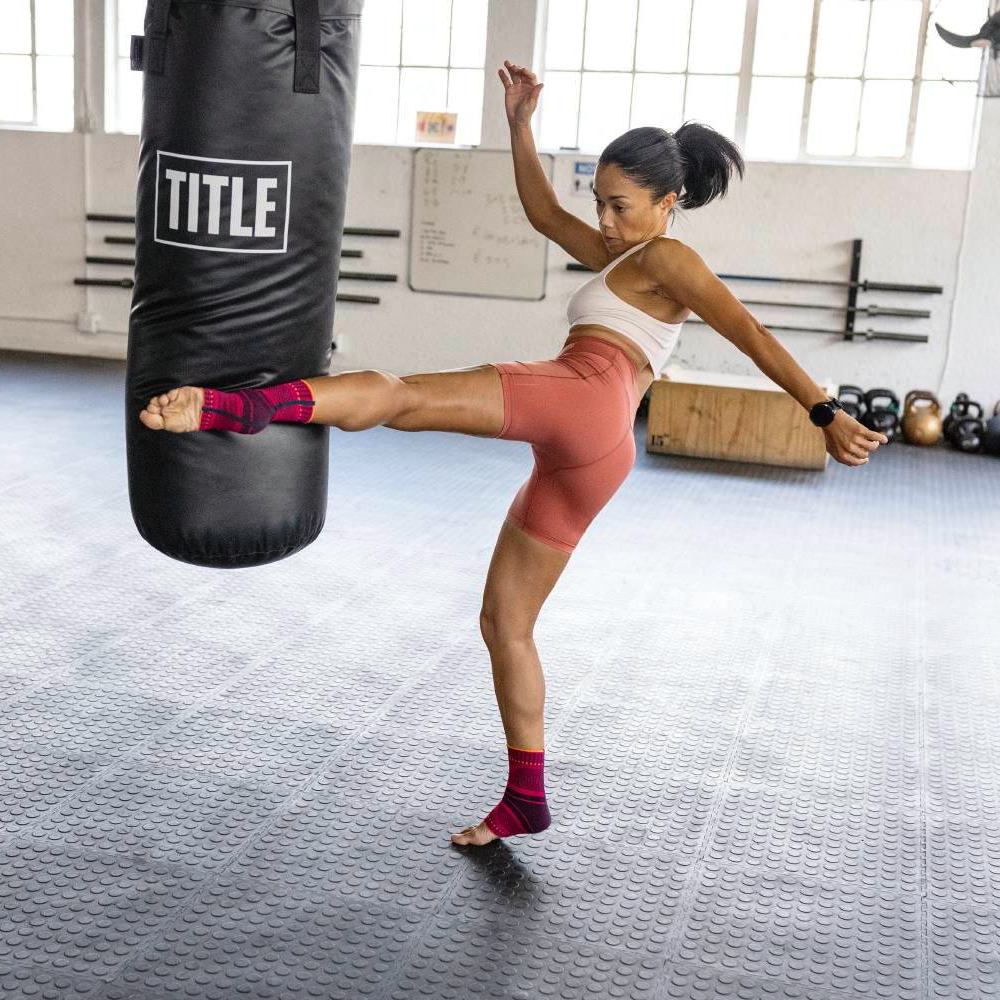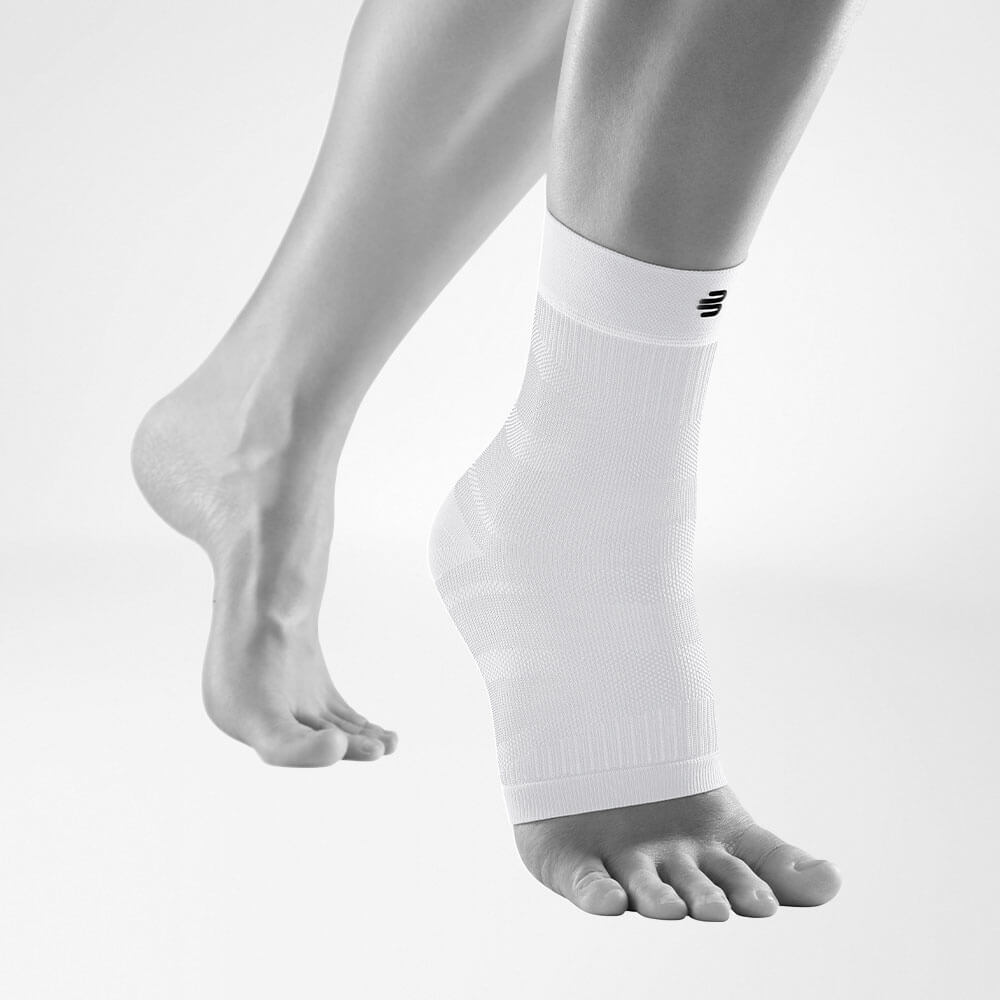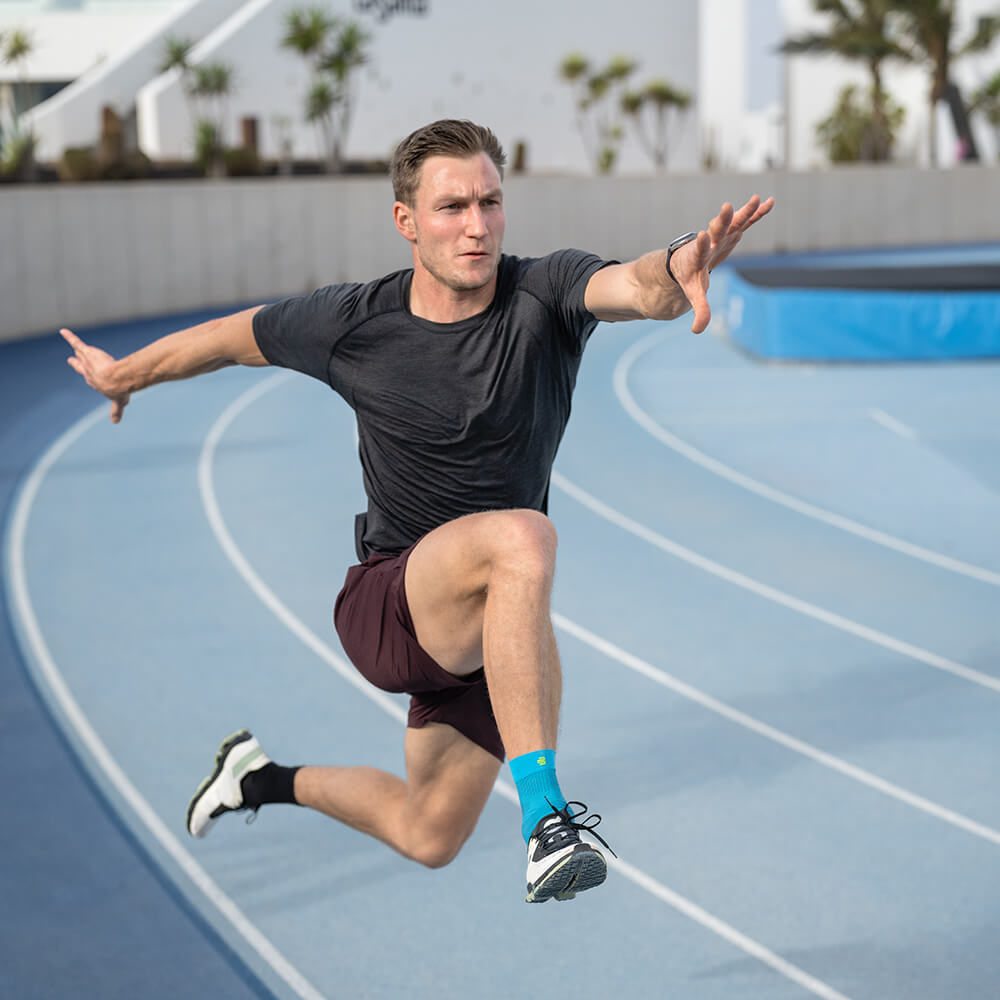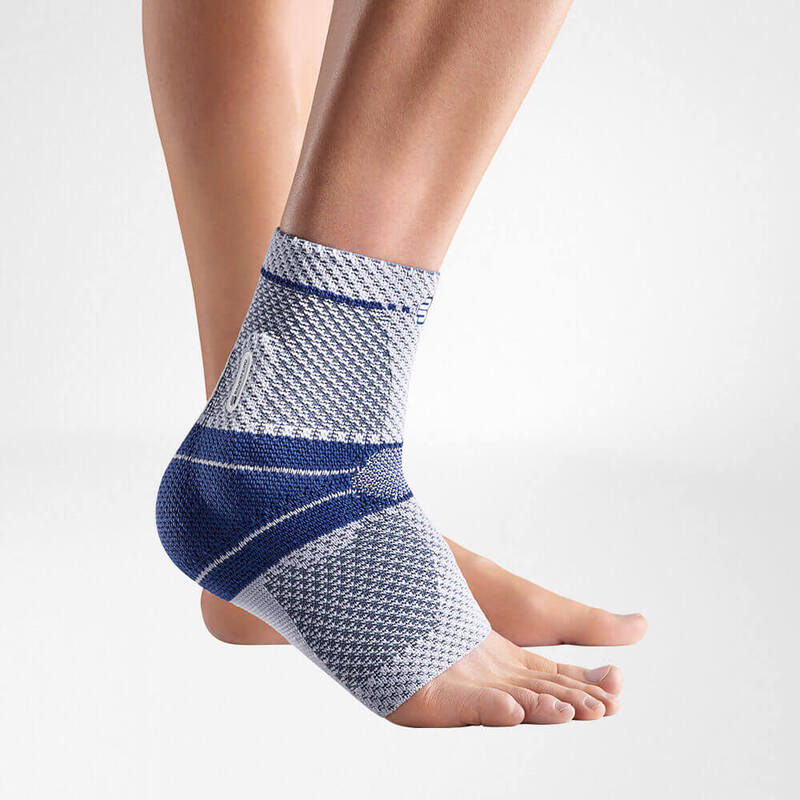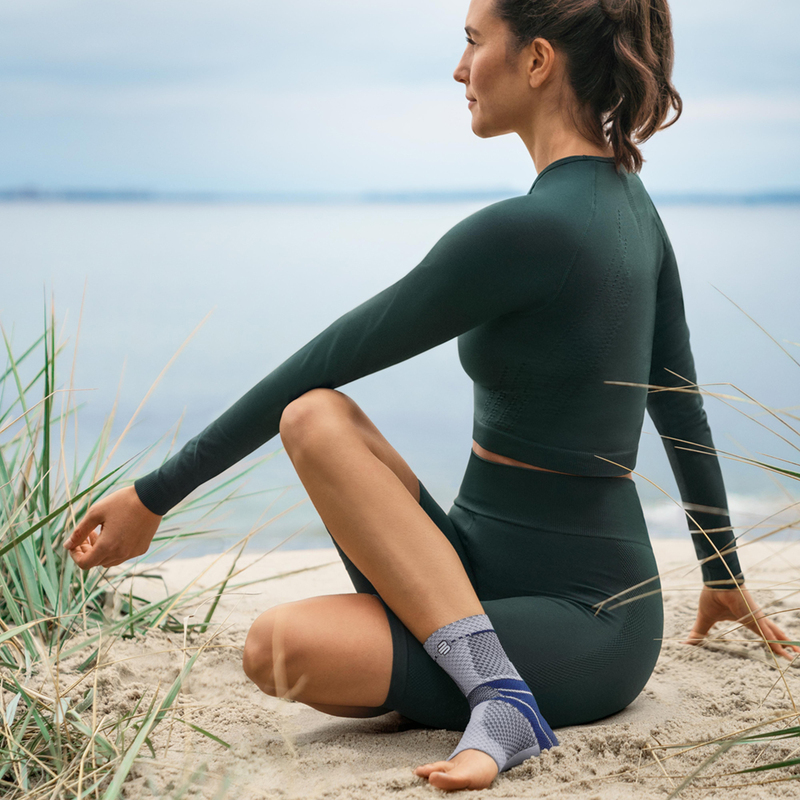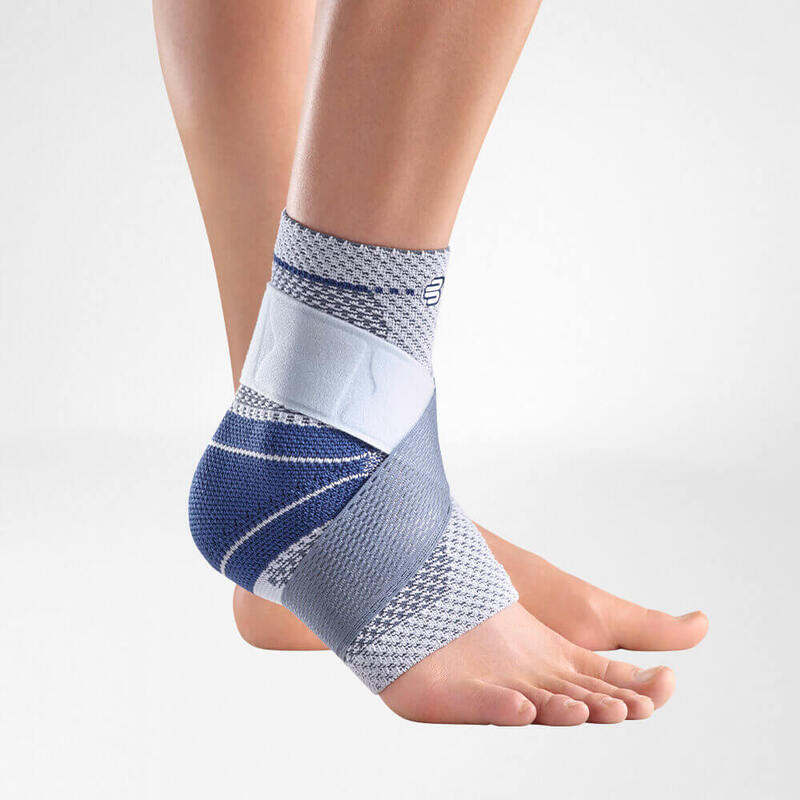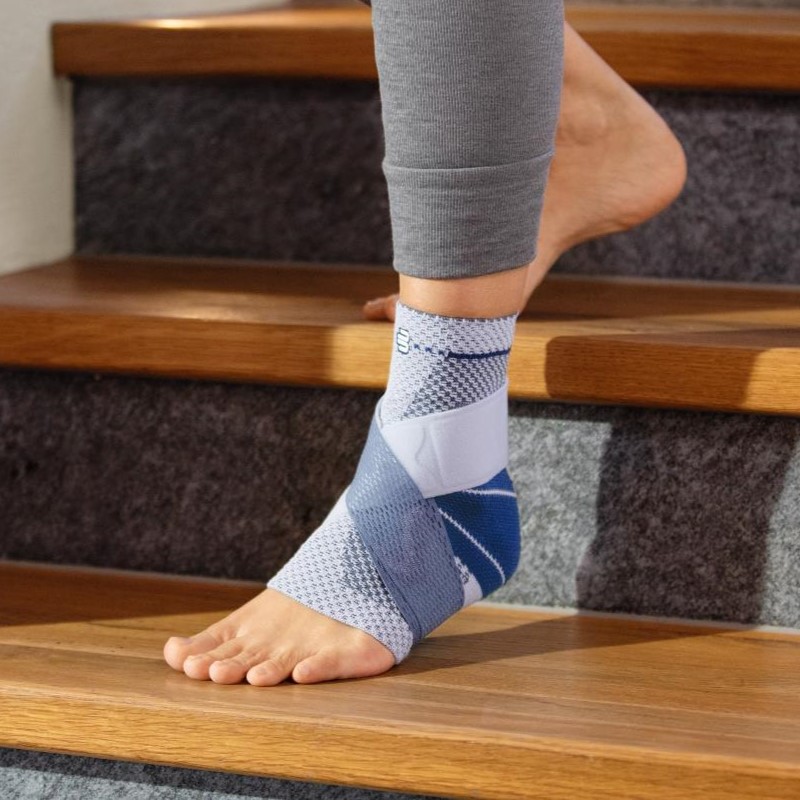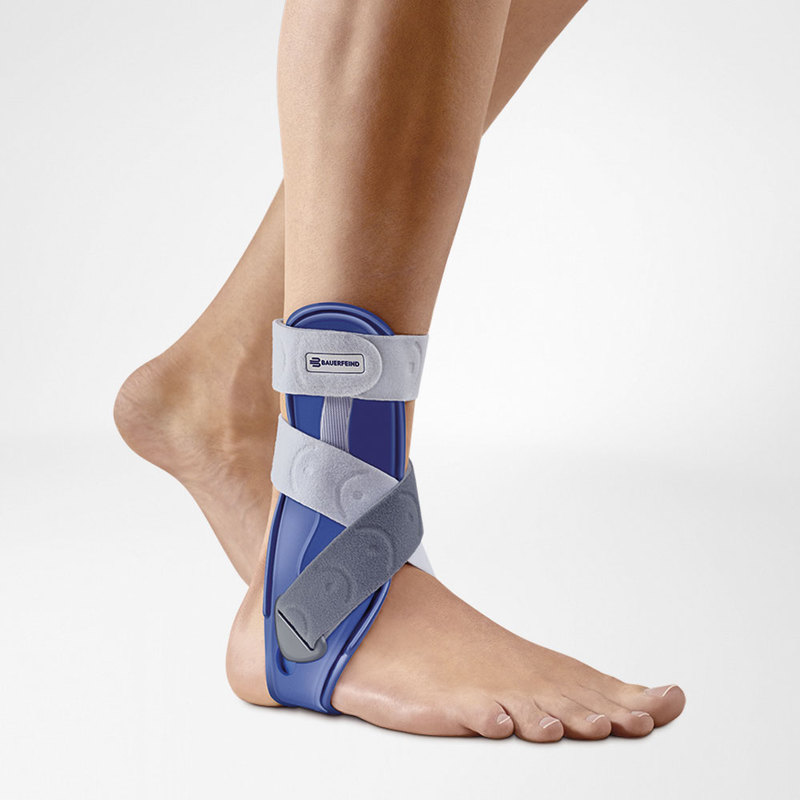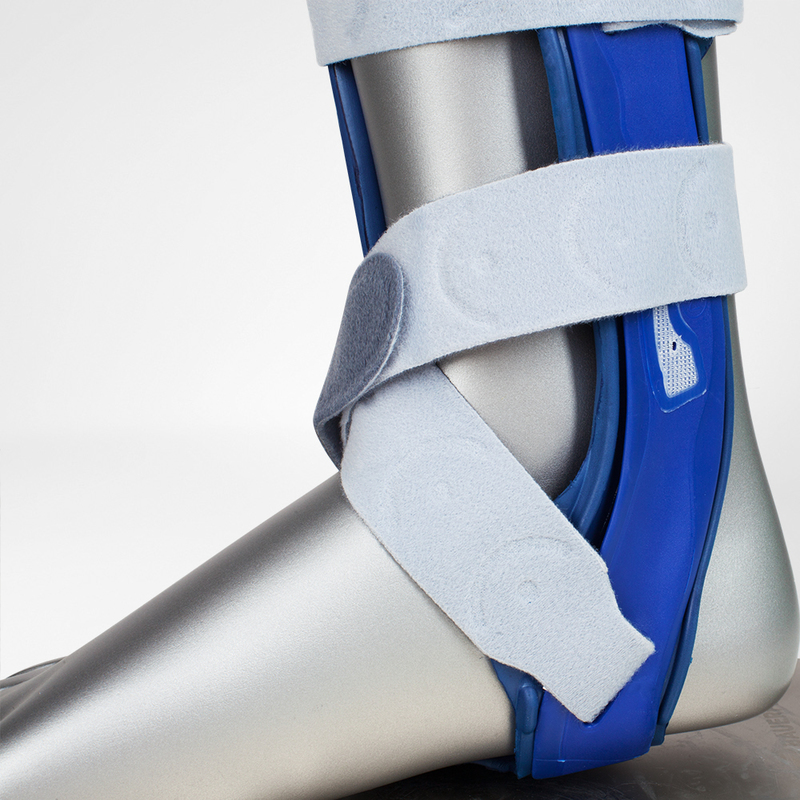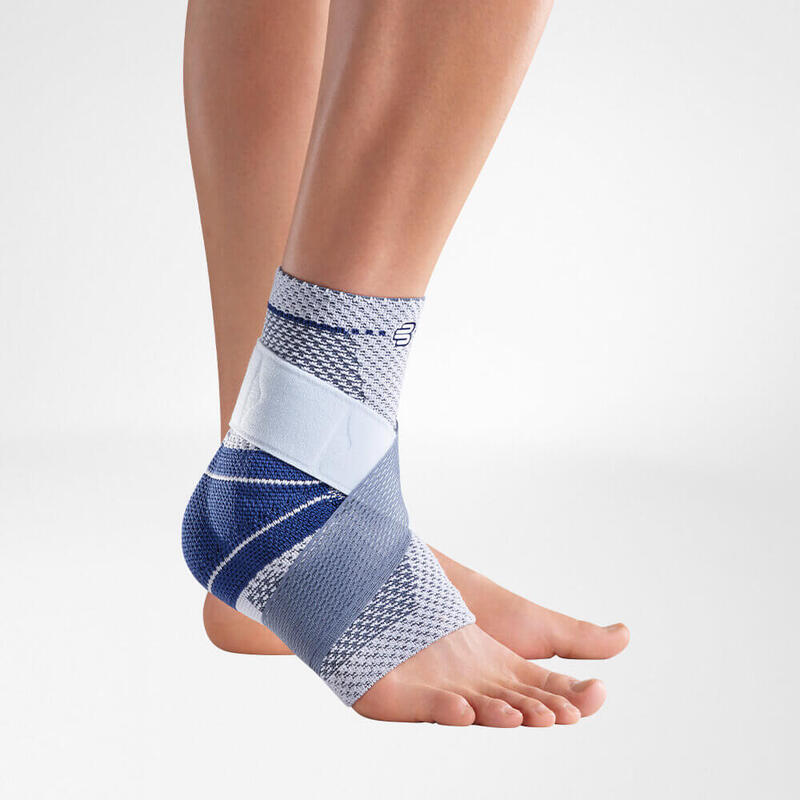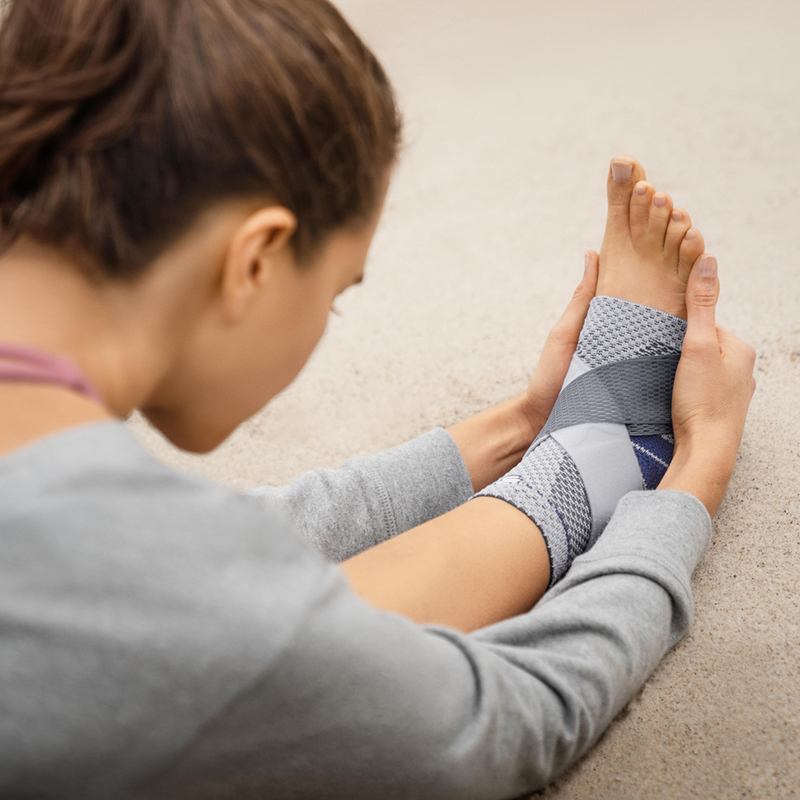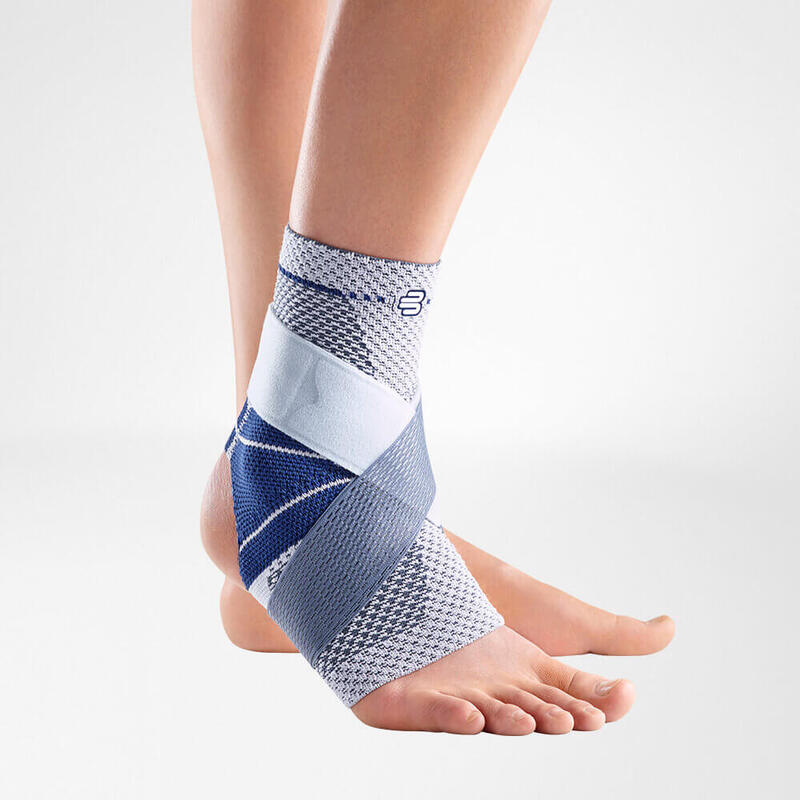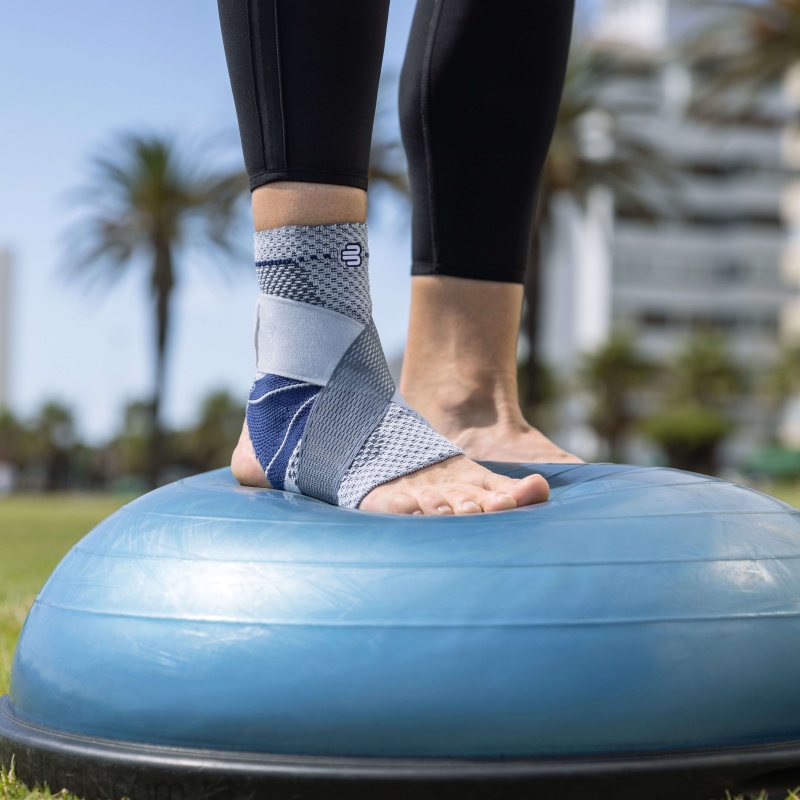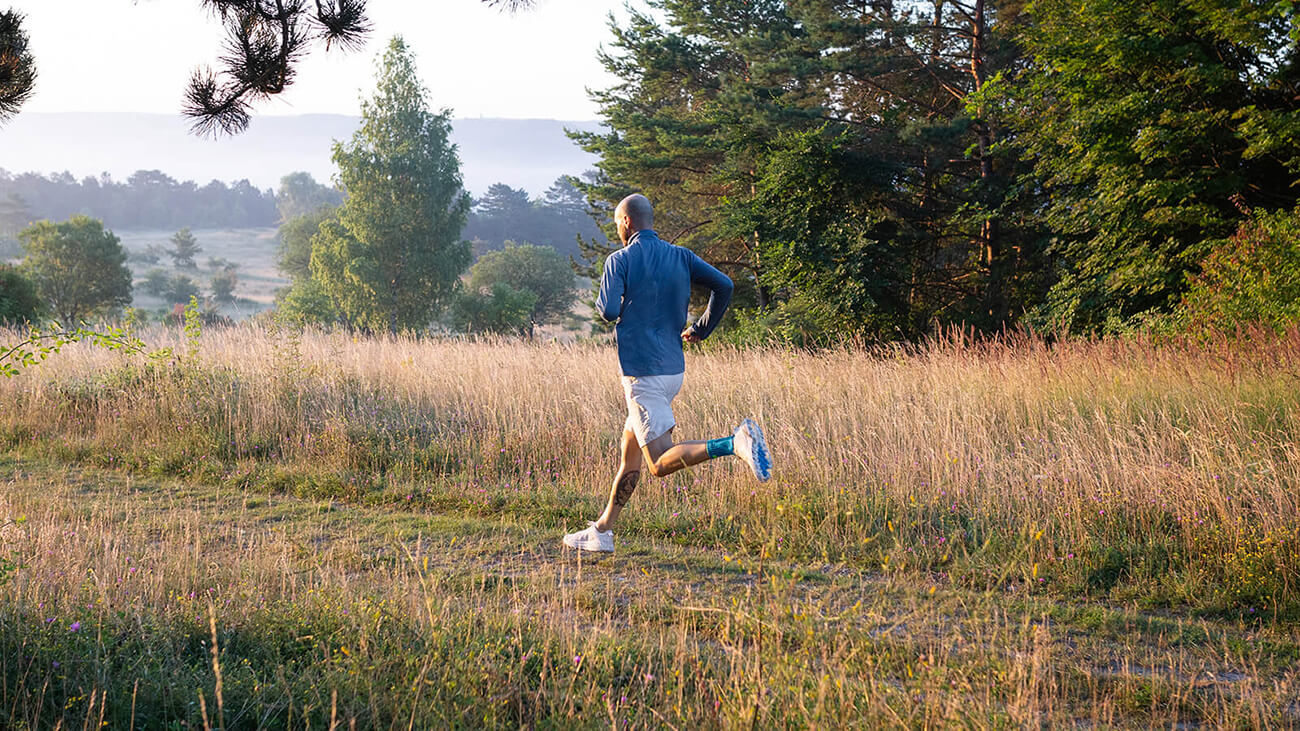
We usually only notice when it causes problems, yet it is the largest and one of the most important tendons in our body: the Achilles tendon. Most people know it is named after the (almost) invulnerable Greek hero. Its exact function, however, is less well known.
In this article, we will look at the function of the Achilles tendon, why it can cause pain and what you can do to continue to enjoy running.
Why you feel pain in the Achilles tendon while running:
There are various reasons why our Achilles tendon can cause problems. Here are just a few:
- Unsuitable running shoes, e.g., with material that is too stiff, unstable or with an inappropriately placed heel cap.
- Extreme exertion, e.g., speed or mountain running
- Too short of a recovery period between training sessions
- Incorrect loading, e.g., one-sided loading of leg or foot
- Incorrect running technique, e.g., one-sided forefoot running
- Too short of a warm-up
In general, shortened, tense or tired calf muscles are unfavorable because – as we learned above – they play a decisive role in the function of the Achilles tendon.
Symptoms of Achilles tendonitis
Achilles tendon pain or discomfort is always unpleasant, but there are differences in the severity of the irritation and longevity of the pain experienced.
Stage I
If you increase your training too quickly or wear running shoes that do not fit properly, micro-tears in the tendon structure can occur, similar to the muscular micro-tears in a sore muscle. Fortunately, such tendon changes often disappear after six to eight weeks of reduced training.
Stage II
Here, an ultrasound often already shows a clear change and thickening of the tendon structure. As vessels and nerve endings grow into the tendon, the pain increases even more.
Stage III
In the third stage, the tissue becomes scarred and loses its full functionality.
Achilles tendon pain after running: What you can do.
Take a break!
Even if it seems obvious, it cannot be said often enough: If you have pain, reduce your training or take a break altogether. Treating your Achilles tendon is the first step to healing and avoiding it in the future. There are several ways to treat Achilles tendonitis, including home remedies and advanced therapy.
Cool and relieve the pressure on your Achilles tendon!
If your Achilles tendon is inflamed, you should do something good for it, especially at the beginning, and reduce the inflammation. Cooling the affected leg, e.g., with a gel pad and ice cube massages to stimulate blood circulation, is a good way to do this. Special ointments can also help to reduce the inflammation. In addition, it is helpful to relieve the pain area, which you can achieve by elevating your feet, using cushioned soles or raising the heel of your shoe, among other things.
You can speed up the healing process by wearing a Achilles brace with compression knit and massage pad. For example, Bauerfeind's Sports Achilles Support. It supports your Achilles tendon to relieve pain and swelling, which is particularly important at the start of the healing process when your pain is most severe.
Over-the-counter anti-inflammatory medication (NSAIDs) such as Ibuprofen can help to reduce pain and inflammation. Do gentle stretching and strengthening exercises.
How to prevent Achilles tendon pain when running:
Wear an Achilles tendon brace!
Speaking of doing something good for your heel: Wearing an Achilles tendon support, such as the Sports Achilles Support, is also an excellent way to do this.
The support effectively relieves your Achilles tendon with a special functional pad and small nubs. It also provides targeted stimuli to the surrounding tendon area and helps to reduce swelling and edema by activating the metabolism in the affected area.
Sports Achilles Support
The integrated Achilles pad, together with the 3D Airknit, exerts an alternating massage. Thanks to small nubs and two pressure points on the lower wing, targeted stimuli can be applied that activate the muscles, improve the metabolism locally and thus help to reduce swelling and edema.
This information is provided for general information purposes and should not be relied on as a substitute for medical advice, evaluation or care from a qualified and licensed health care provider. The information contained here is not to be considered a plan of care of physical therapy.





